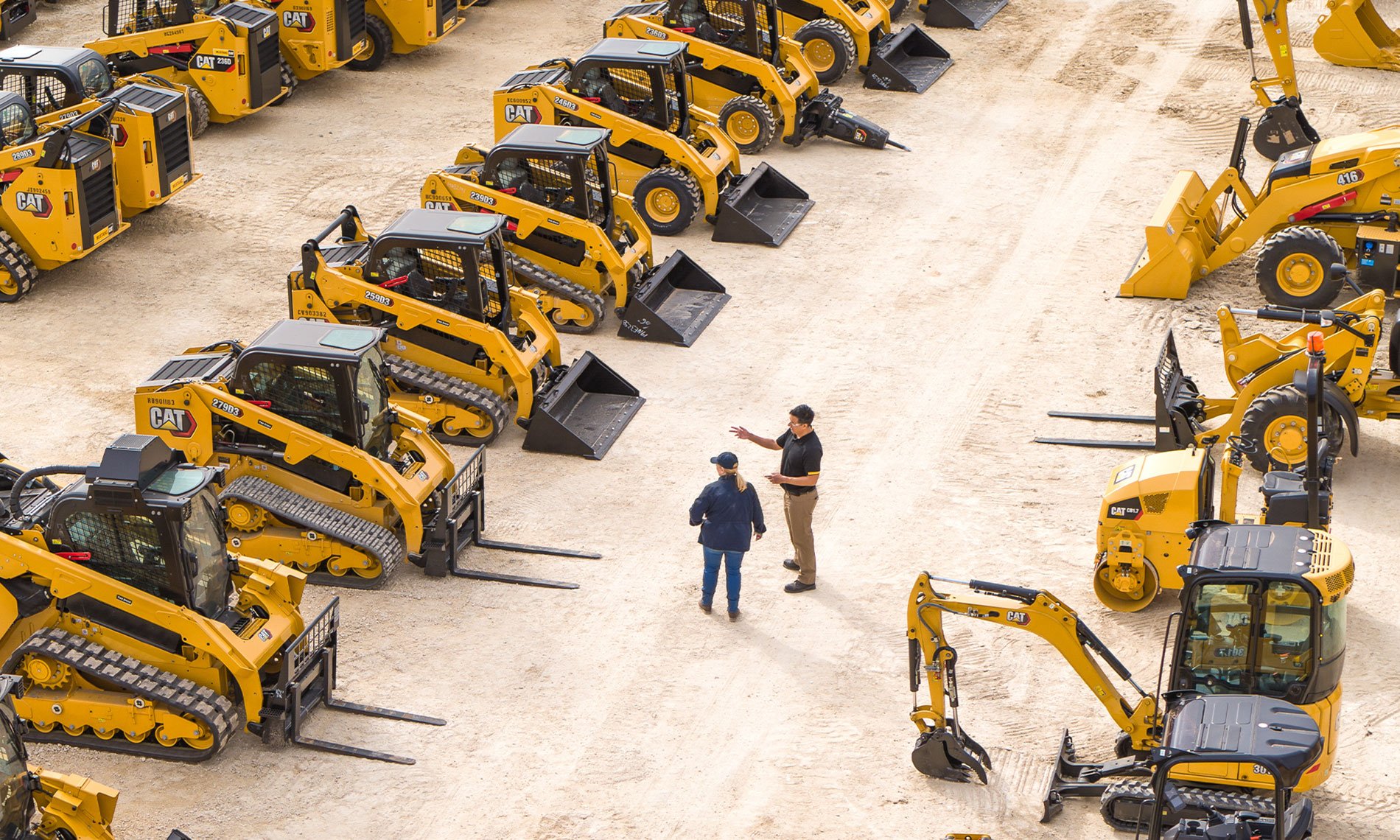Heavy Equipment Rental: Huge Machinery for Any Kind Of Construction Job
Heavy Equipment Rental: Huge Machinery for Any Kind Of Construction Job
Blog Article
Maximize Your Spending Plan by Comprehending the Prices Connected With Building Equipment Rentals
Understanding the complete range of expenses connected with building and construction equipment services is vital for optimizing your budget plan. What techniques can be utilized to properly handle these prices and make sure a much more effective rental experience?
Review of Rental Costs
When taking into consideration building and construction devices services, recognizing the associated prices is vital for efficient budgeting and project preparation. Rental expenses can differ considerably based on numerous factors, including devices kind, duration of leasing, and location. The preliminary rental cost often mirrors the tools's market need and its linked functional capabilities, affecting the total expense.
Along with the base rental rate, supplementary expenses might arise, such as transportation charges, fuel additional charges, and maintenance fees. It is necessary to represent these added costs to precisely evaluate the complete expense of renting out tools. In addition, the rental period can impact rates; longer leasings may get reduced rates, while temporary leasings might sustain higher everyday costs.

Break Down of Rental Prices
A thorough understanding of rental rates is important for specialists and job managers aiming to maximize their budgets. Rental rates for building and construction equipment commonly consist of several parts, including base prices, time-based costs, and use charges.
Base prices are the core charges related to the rental of the equipment, frequently established by the kind and dimension of the equipment. These rates can differ significantly, affected by variables such as tools demand, availability, and regional market patterns. Time-based costs, which might be daily, weekly, or monthly, offer to fit different task timelines and rental durations.
In addition, rental rates may include use charges, which are relevant when equipment is utilized past a specified threshold, making sure that the rental firm can represent wear and tear. Seasonal need fluctuations can likewise impact rental prices, with peak building periods commonly regulating greater prices.
Furthermore, comprehending the rental business's plans regarding maintenance and insurance coverage can provide further understanding right into the overall expense structure. By assessing these elements, contractors can make enlightened decisions, guaranteeing the selection of rental devices lines up with both project requirements and spending plan restraints.
Extra Costs to Consider
Comprehending the complexities of extra charges is crucial for contractors to manage their overall service expenses properly. Beyond the basic rental rates, numerous auxiliary fees can dramatically influence the complete expense of tools service. These charges frequently consist of distribution and pickup costs, which can vary based upon distance and logistics associated with carrying the equipment to and from the task website.
Moreover, some rental firms may impose gas additional charges if the equipment is returned with less gas than when rented out. It is additionally vital to know possible cleaning charges, specifically for customized aerial lift rental tools that calls for detailed maintenance after use.

Thoroughly reviewing the rental agreement and clearing up these additional charges upfront can assist service providers avoid unanticipated expenses and ensure that spending plans continue to be intact throughout the project lifecycle.
Maintenance and Repair Work Costs
Normal repair and maintenance costs are usually ignored factors that can significantly affect the total price of building and construction equipment leasings. When renting out devices, it is important to take into consideration not just the rental fees but additionally the prospective prices connected with maintaining the machinery in ideal operating problem.
Several rental business include fundamental maintenance as part of the rental arrangement; however, more unanticipated breakdowns or extensive repair services can result in added expenditures. It's vital to assess the rental contract thoroughly to recognize what upkeep services are covered and what obligations fall on the occupant.
Moreover, equipment that is not well-maintained can cause inadequacies on duty website, possibly raising and triggering hold-ups job expenses. To mitigate these threats, it is a good idea to conduct regular inspections and preserve open communication with the rental supplier relating to any type of problems that develop throughout usage.
Insurance Policy and Liability Costs
Insurance and liability expenses are important parts that can considerably impact the overall expense of construction tools services (rental company near me). These expenses guarantee that both the rental company and the client are safeguarded from prospective monetary losses emerging from accidents, damages, or theft during the rental period

In addition, clients should understand any type of deductibles or exemptions in the insurance coverage, as these can impact potential out-of-pocket expenses. Comprehending the conditions of any insurance coverage is important to avoid unanticipated costs. Inevitably, budgeting for insurance policy and obligation costs can assist guarantee a smoother rental experience and secure versus monetary risks associated with construction jobs.
Conclusion
In final thought, an extensive understanding of the expenses linked with construction devices leasings is necessary for effective budget plan administration. Eventually, educated decision-making relating to equipment services adds to the general success of building and construction ventures.
Rental expenses can vary dramatically based on a number of aspects, consisting of equipment type, period of rental, and place (heavy equipment rental). The rental duration can impact rates; longer leasings might qualify for reduced prices, while short-term leasings could sustain greater daily charges
By conducting extensive research study and involving with trustworthy rental firms, contractors can properly browse the intricacies of rental rates, ultimately optimizing their financial resources.
Past the standard rental prices, different auxiliary fees can dramatically impact the complete price of equipment service. Rental firms often give liability insurance coverage that covers injuries to third events or damage to property, while tools damage insurance coverage can cover the expense of repairs or replacement if the leased tools is harmed.
Report this page